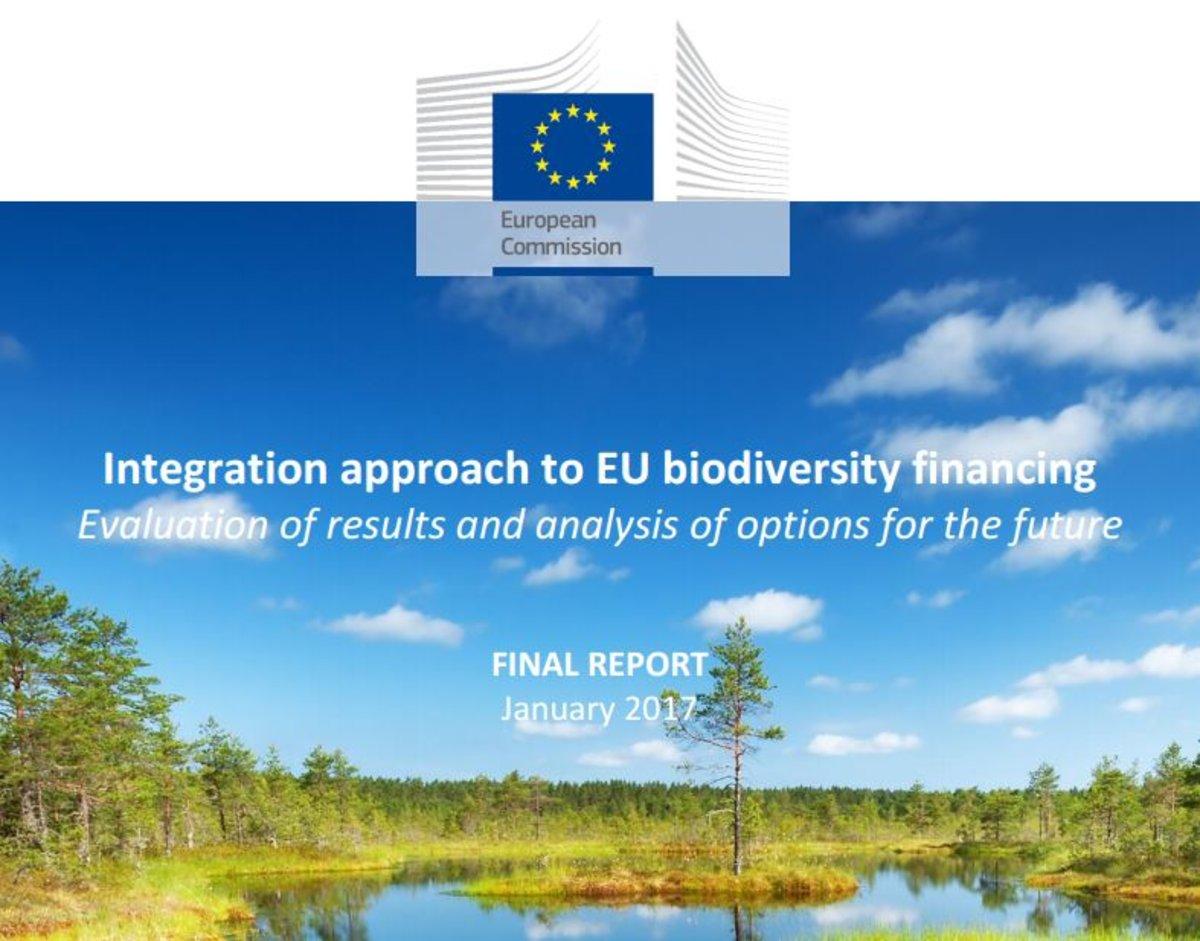One of the greatest challenges for conserving biodiversity is providing adequate funding levels, while ensuring funding measures are appropriately designed to optimise ecological benefits. The current EU framework for financing biodiversity is largely based on integrating conservation goals into existing funding instruments. In the EU, the best-known funding needs of biodiversity measures are those of the Natura 2000 network of protected sites, estimated at €5.8 billion a year.
A recent report by the European Court of Auditors (ECA) evaluated the implementation of Natura 2000. The audit, carried out in the Commission and in five Member States, concluded current approaches to managing, financing and monitoring Natura 2000 are not adequate to meet its conservation goals. A major factor was that EU funds were not well mobilised to support the network, with the present funding schemes insufficiently tailored to fit the sites’ management needs.
A comprehensive assessment of EU biodiversity financing by IEEP and partners examines the performance of the EU financing framework for conservation across the Member States. The study identifies policy shortcomings that limit measures’ efficient delivery of conservation benefits, and highlights areas in which this could be improved. Based on a thorough review of existing evidence, the study concludes current EU funding for Natura 2000 only meets an estimated 20% of the required level, and national funding is insufficient to make up the remainder. The evidence on wider conservation outputs suggests there are also significant funding gaps at this scale. However, the study also identifies positive aspects of the current framework, with the LIFE fund, and to some extent the rural and regional development funds (EAFRD and ERDF), delivering conservation results when measures are well-designed and -implemented.
The IEEP study assesses various options for improving the conservation financing framework, comparing their ecological- and cost -effectiveness, institutional and legal fit, and legitimacy and impacts on stakeholders. One possible scenario is the creation of a new, dedicated fund for conservation, which offers the advantage of eliminating competition between different policy goals. This fund would have a significantly greater scope and budget than LIFE, and its cost-effectiveness could be maximised by targeting it to EU biodiversity priorities such as the implementation of Natura 2000 and other Biodiversity Strategy goals. However, its associated risks must also be considered: it could reduce biodiversity financing through other funds and might not improve the overall funding level.
Overall, the report recommends that meeting the EU’s commitments on biodiversity will require a substantial increase in funding, in addition to the specific requirements of Natura 2000. Any future option should incorporate several main improvements to current funding procedures including, for example, earmarking expenditures for biodiversity, addressing gaps in eligibility for funding, improving the coordination and coherence of funds which affect biodiversity, and better monitoring of progress towards conservation targets. In addition, measures should be taken to reduce the administrative burden in applying for funding, and to improve stakeholder cooperation by increasing awareness of the importance of conservation, and its connection to other socio-economic goals.
For more information on IEEP’s work on biodiversity financing contact Marianne Kettunen



